
Supplier Verification: Key to Ensuring Quality and Reliability
Introduction In the ever-evolving landscape of small and medium-sized businesses (SMBs), ensuring a reliable and high-quality supply chain is paramount...

Get 20€ off on your first order!

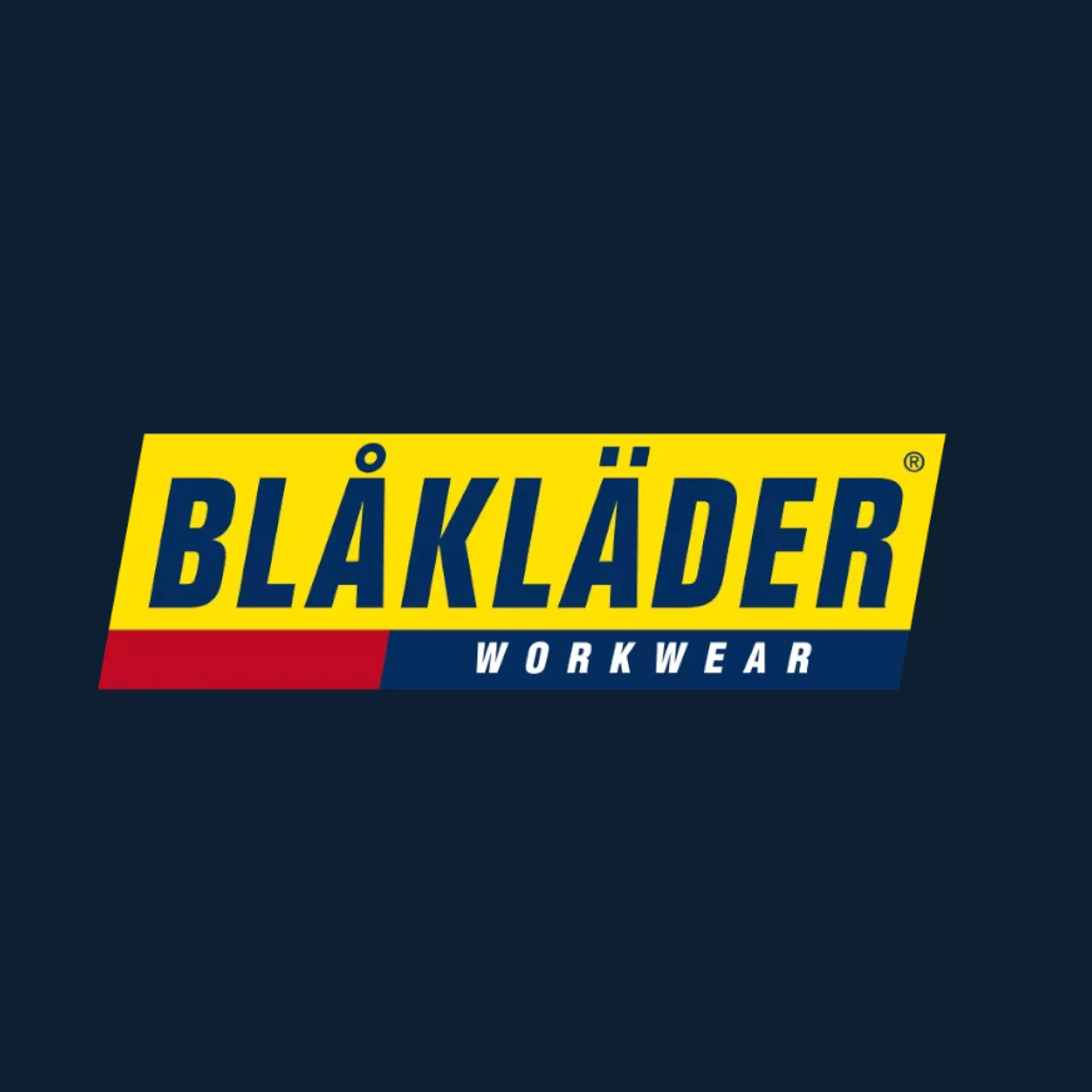
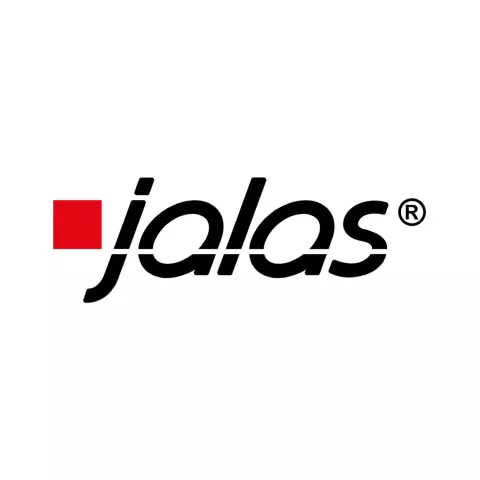
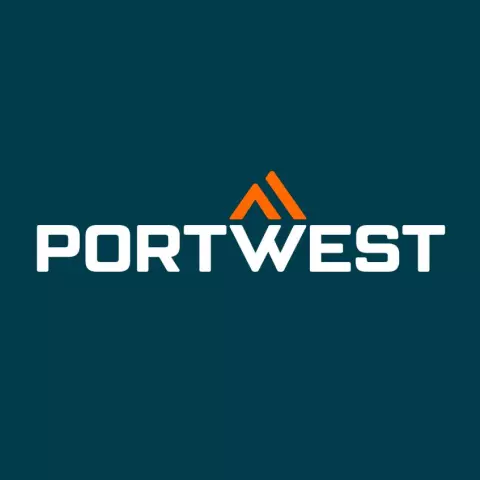



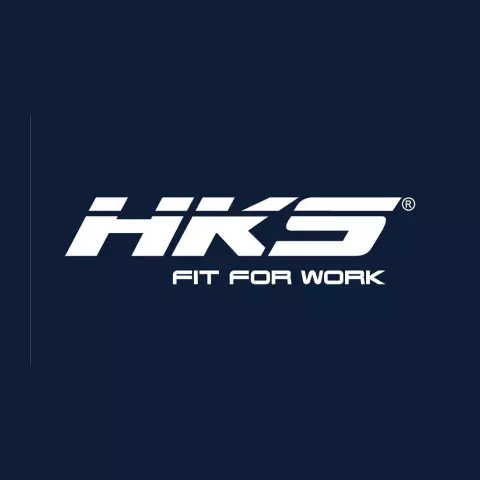


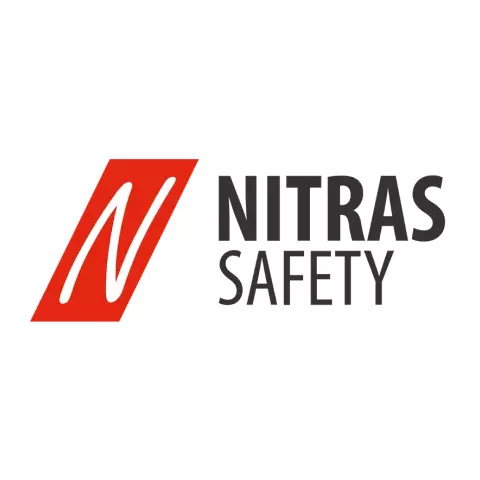




















Procurement efficiency is crucial to the success or failure of a firm in today’s fast-paced commercial world. Any company that wants to run efficiently and save money should look into ways to streamline their procurement process. It is critical for chief executive officers, heads of supply chains, or procurement officials to identify strategies to improve the efficiency of the procurement process. Here we will go over the fundamentals of indirect procurement and offer practical advice on how to make it easier and better.
Office supplies, professional services, and software licensing are common company purchases. These purchases are indirect.
Indirect procurement involves buying items and services that are not directly used in a business’s product. It covers a wide variety of business-essential areas but does not produce money.
Goods and services are needed for everyday operations and long-term goals in this sort of purchase. These purchases are necessary for workplace functioning and departmental efficiency, but they do not immediately affect productivity.
Is indirect procurement essential? Find out:
Procurement has two basic types: direct and indirect, each serving different corporate purposes.
The table below contrasts both procurement types and their functions in procurement:
Strategic indirect procurement management may help firms satisfy current operational demands and long-term strategic goals. A simple guide:
Optimising indirect procurement begins with a thorough company needs assessment. This involves determining which items and services are necessary for daily operations.
Soliciting input from department stakeholders ensures that procurement meets departmental needs. This can improve procurement efficiency and effectiveness.
After assessing needs, create a purchase plan. This plan should define procurement goals. It can save costs, improve service, or speed up procurement.
Companies must choose between centralised procurement, which may leverage economies of scale and standardise procedures, and decentralised buying, which may better meet departmental needs. Effective procurement is greatly affected by this option.
Cost, supplier reliability, service quality, and conformity with norms and regulations are selecting criteria. Maintaining healthy supplier relationships after selection is crucial to supply chain dependability and product quality. These connections may be strengthened by good communication, performance reviews, and shared objectives and talents.
Order placement and procurement management from order to delivery should be simple and efficient. Company policies must be followed throughout this procedure. Automating order management helps track orders, manage inventories, and keep records.
Businesses may automate and streamline procurement using modern eProcurement systems. eProcurement software is customisable for corporate needs.
Approval protocols and user access settings can be adjusted to meet procurement needs. Such solutions improve productivity, data analytics, and organisational expenditure transparency and control.
The third stage is to routinely monitor and evaluate the procurement process for improvements. Spend analysis, supplier performance assessments, and compliance audits help manage indirect procurement. Continuous improvement helps procurement adapt to changing company demands and market situations, keeping it efficient and cost-effective.
Indirect procurement makes for a large portion of a company’s budget, making management difficult. To simplify indirect procurement, significant issues must be addressed. That includes:
Lack of expenditure data and visibility makes indirect procurement difficult. Decentralised purchasing across departments fracture supplier relationships and data, making expenditure monitoring and cost-saving potential difficult.
Compliance and Standardisation Issues — Non-standardized processes across departments in indirect procurement pose compliance issues. Without standard procurement procedures, organisations risk legal and financial fines for failing to comply with internal and external regulations.
Spending rashly Unauthorised purchases that violate contracts impair procurement strategy. Lack of centralised supervision and expenditure procedures often lead to missing discounts and contract conditions, raising prices.
Supplier Diversity – Indirect procurement manages several vendors for office supplies, IT, and HR. Diversity makes negotiations, contract management, and performance monitoring difficult and requires diverse procurement abilities.
To succeed in the changing market, businesses must rethink their indirect procurement strategy using smart process hacks. Implementing the indirect procurement best practices below help boost operational agility and profitability.
Advanced Digital Tools—Use sophisticated expenditure engines and analytics to fully manage procurement. Data extraction, categorisation, and analytics may be automated with these technologies to reveal expenditure trends and savings opportunities.
Automating procurement procedures can boost efficiency. Automation of supplier onboarding and purchase authorisation may speed up and decrease mistakes.
Robust Spend Tracking and Management—Track and manage all indirect procurement operations. Procurement solutions that integrate ERP systems provide real-time transaction and commitment visibility. This improves budgeting and avoids fraud.
Purchases should be evaluated based on total cost of ownership (TCO) rather than upfront pricing. Choose suppliers and goods based on maintenance, operation, and disposal costs.
Centralise Procurement Data- Consolidating supplier bases and identifying overlap in acquired products and services can lead to bulk purchasing and better bargaining strength.
For efficient indirect procurement, organisations should prioritise cost control, supplier management, and technology integration through a step-by-step plan. Companies can optimise their supplier base by selecting partners with the greatest value and service after analysing existing spending and demands.
Finally, if you want to increase productivity, decrease expenses, and make sure everything runs well, you need to streamline your procurement process. You may make your procurement system far more productive by following the procedures, automating processes, building strong connections with suppliers, and constantly reviewing performance. Your company’s purchasing process can be more efficient and fruitful if you begin applying these tactics immediately.
Thank you! You've signed up for our newsletter.









Introduction In the ever-evolving landscape of small and medium-sized businesses (SMBs), ensuring a reliable and high-quality supply chain is paramount...

Introduction: In the hectic business world of today, companies have to stay competitive, reduce costs, and increase efficiency. Companies may...

Introduction Supply chains face several hazards that might interrupt operations and lower profits in today’s turbulent economic environment. Natural catastrophes,...

Introduction In the ever-evolving landscape of small and medium-sized businesses (SMBs), ensuring a reliable and high-quality supply chain is paramount...

Introduction: In the hectic business world of today, companies have to stay competitive, reduce costs, and increase efficiency. Companies may...

Introduction Supply chains face several hazards that might interrupt operations and lower profits in today’s turbulent economic environment. Natural catastrophes,...
Get 20€ off on your first order!
Save 30% by buying directly from brands, and get an extra 10€ off orders over €100
Save 30% by buying directly form brands, and get an extra 10€ off orders over €100